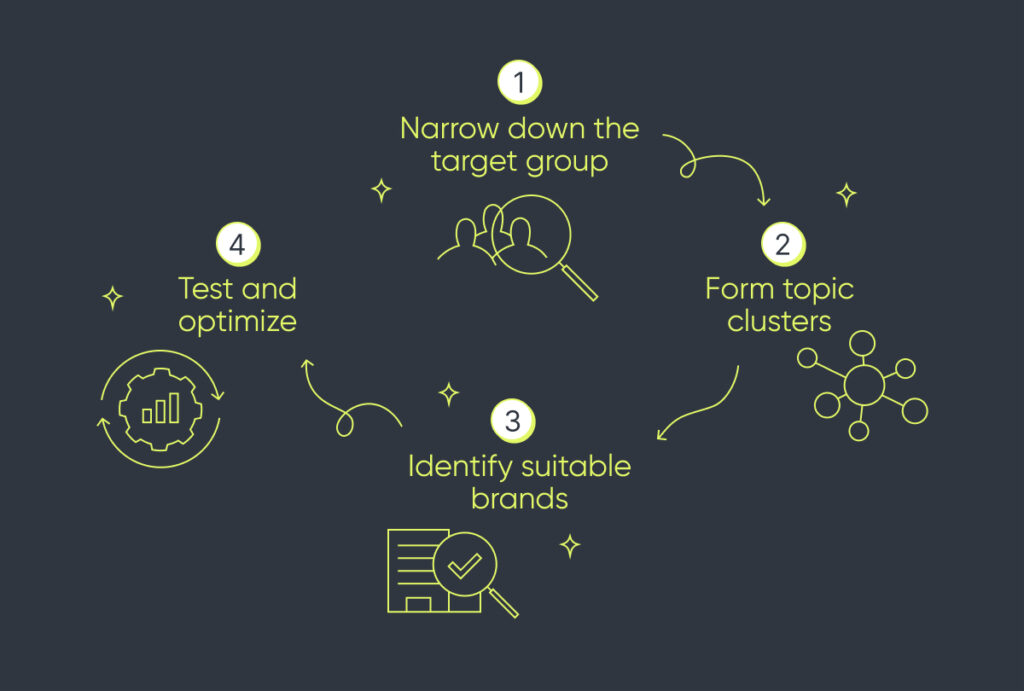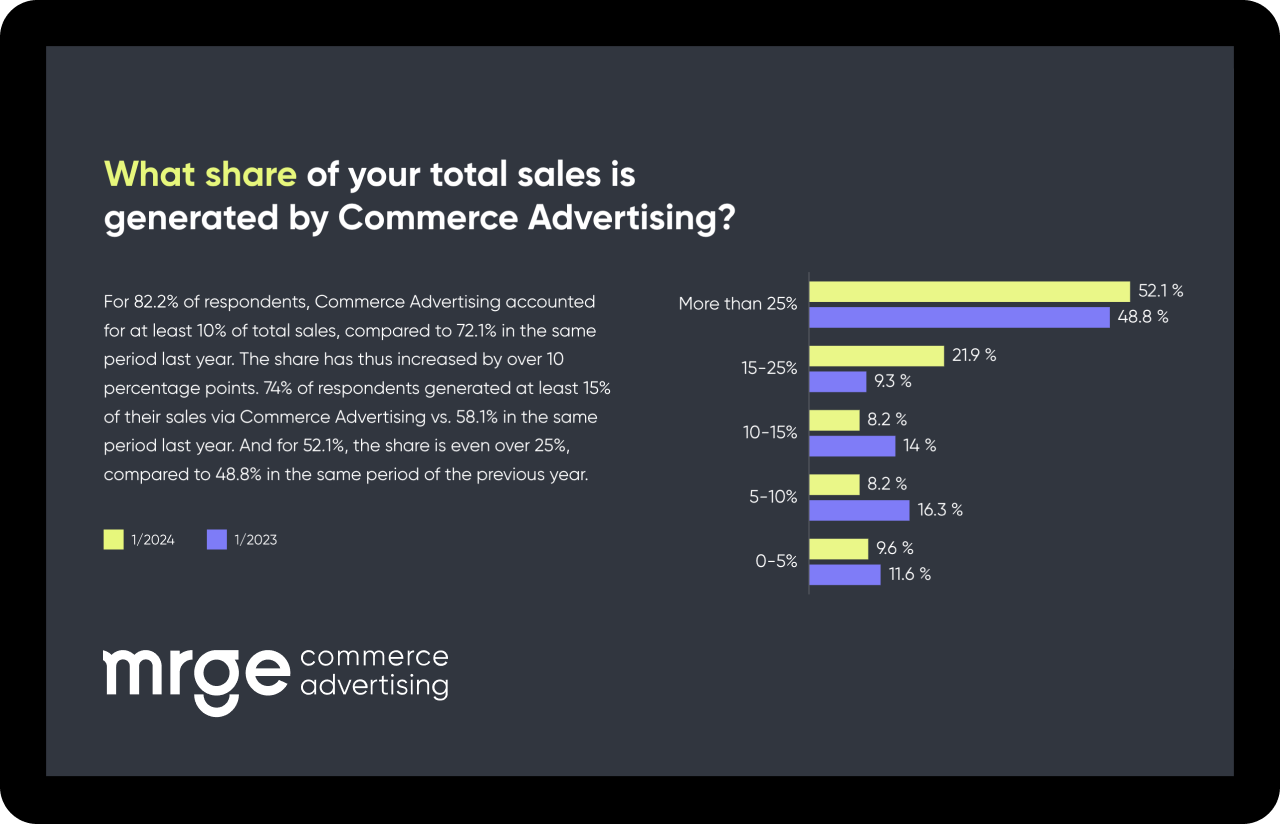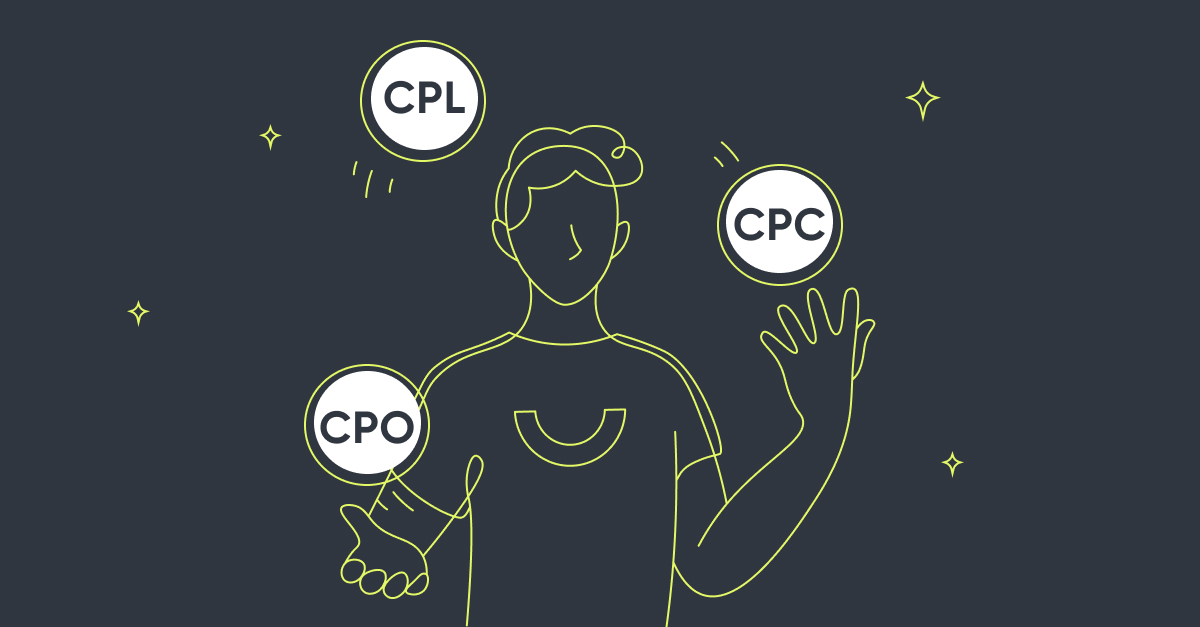Key Take Aways
Executive summary: 5 key take-aways for quick readers
- Audience insights enable better interactions with the target audience.
- In addition to demographic data, audience insights also include information on interests, hobbies, etc.
- Key sources include web analytics tools, market and consumer analyses, and social listening tools.
- Audience insights help narrow the target audience in order to create appropriate content.
- Audience insights lead to a better match between publisher and advertiser.
What are audience insights?
Audience insights are any data that describes your target audience in more detail. This includes demographic data such as:
- Age
- Gender
- Income
- Occupation
- Place of residence
- Marital status
This data provides a first impression of your target group, but should be enriched with further insights to sharpen the picture. These insights include:
- Hobbies and interests
- Brand and media preferences
- Influencers they interact with
- Life circumstances (e.g. students, new parents, retirees)
- Times when they are online
Audience insights thus help publishers and advertisers understand what the target group needs and wants. They provide the framework for creating content that is tailored to the target audience and enables better interactions between the brand (or content creator) and the target audience.
Audience insights: Gathering data
A first port of call for obtaining data on your target group is always the analysis tools of your own web presences, such as Google Analytics, Piwik Pro, or the Meta Business Suite for Instagram and Facebook. In addition to demographic data, these tools also provide information about users’ interests. The analytics tools of the social networks, in particular, hold a wealth of insights. They show which content the target group interacts with, when they are online, and which other accounts they follow. Web analytics tools also tell you how users behave on a website – for example, how long they stay on a page, or which other pages on the site they click on – and which sources they used to reach a specific page (e-mail, social media, search...).
The next point of reference is market and consumer analyses, for example from YouGov or GfK. Their studies regularly deliver exciting insights on various topics. Publishers and advertisers can gain a number of answers, such as: What are the target group’s favorite brands? Where do they start their product research? What is particularly important to them when shopping online? Of course, site operators can also conduct surveys on their website themselves. There are a number of tools on the market that can be used to create such questionnaires with just a few clicks. Setting up, conducting, and evaluating your own user survey is more time-consuming than relying on third-party studies, but these surveys can be tailored much more precisely to your own target group and pain points.A third source of valuable audience insights are social listening tools such as HootSuite, Brandwatch, and Talkwalker. They let you find out how people talk about specific topics, influencers, companies, and brands on social networks. These tools not only capture the number of mentions as well as relevant hashtags, but also the tone in which certain topics are talked about online. In other words, they can capture whether a particular brand is mentioned in a positive or negative context.
Creating content strategy based on audience insights
All the data collected provides a very accurate picture of how your target group is structured. You can then use this picture to create content that’s relevant to the group.

Step 1: Narrow down the target group
First, the data obtained is used to check earlier assumptions about your target group. The more insights are available, the more sharply the target group can be defined, and the easier it is to develop personas. Personas are fictitious representatives of the target group who are described with concrete characteristics (name, place of residence, profession, hobbies, etc.). When creating content, it helps to have these personas in mind in order to meet the users’ needs.
Step 2: Form topic clusters
Based on the interests and wishes of the target group, topics can be identified that are particularly relevant to them. These topics must now be considered from all relevant angles so that any questions the target group may have are answered.
Step 3: Identify suitable brands
Thanks to target group analysis, publishers already have a sense of which brands interest the users, and which companies they interact with. Publishers can use this data to find suitable Commerce Advertising offers that monetize their content.
Step 4: Test and optimize
Even when working with audience insights, it is important to avoid “flying blind”. Publishers should measure the success of their content and regularly carry out A/B tests which, for example, compare different content formats, brand links, or publication times. The test results help to further refine the picture of your target group. This way, your future content production can be even more closely tailored to your users.
Audience insights: It’s not rocket science
A sound understanding of your target group is the basis for developing long-term content strategies and using commerce content efficiently. Audience insights open up numerous opportunities to address your users in a personalized way – and to establish a lasting connection.


















